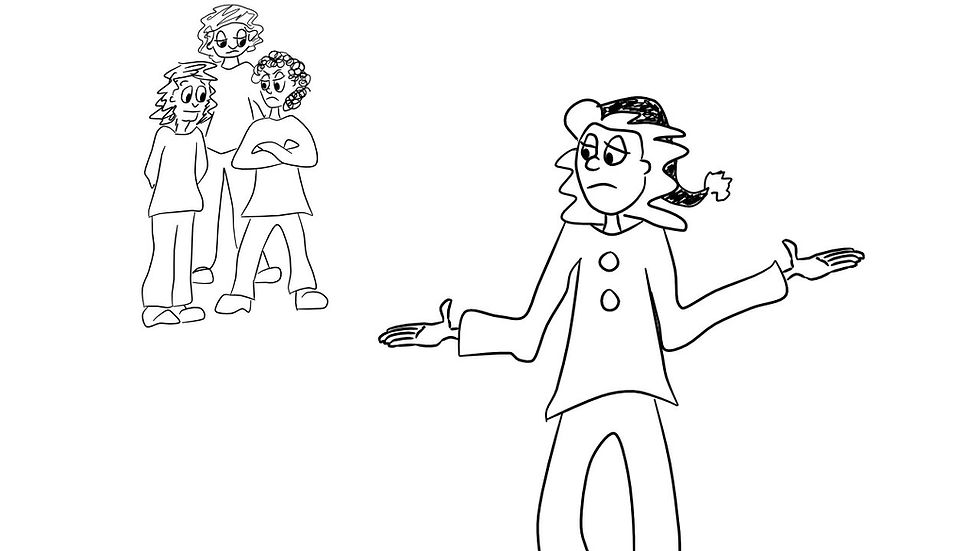The Link Between Learning Styles and Stress
- Wenna

- Mar 4, 2020
- 3 min read

I was 13 before I could read at a functional level. I was in high school before I started to figure out that effective studying wasn’t limited to a person’s ability to understand their notes and memorize the content. As I went through high school, I realized that colour coding my notes and explaining them to someone else (often a mirror or stuffed animal) really worked for me. I was in university before I realized that creating a circuit course in my room helped me chunk out complicated projects, and helped to keep my attention. The course comprised various work stations for me to work through. If only I had been able to figure out that people learn differently (not just better or worse) when I was in elementary! I probably would not have faked sick so often or devised other ways to avoid doing the work that seemed impossible to me at the time.
Some kids take to school very naturally. They remember what they are told, learn how to keep track of their materials and due dates quickly, and have little anxiety about participating as part of a group. For many others, the path is much bumpier.
Avoidance and anxiety can be a disguise for feeling like a task is beyond reach. Of course, not all of this can be boiled down to knowing how a person best learns, but it is an excellent place to start. A teen who needs to move and fidget may well struggle when it comes to extended periods of predetermined writing or reading time. This doesn’t mean they are destined to be ‘poor’ students - they do need to figure out a way to regulate their energy and focus. Sometimes this may mean reading on a treadmill or breaking every 15 minutes to go to the bathroom and do wall push-ups.
There is a lot of information available on the top three learning styles; visual, kinesthetic and auditory. However, there are many more ways that people learn. While we may have a preference toward one, most of us connect with a combination in varying degrees and depending on the situation. The article below from the ‘Skills You Need’ website is a useful starter guide to understanding different learning styles. I have included a brief bullet list below, but I advise further reading to better understand each one:
auditory/verbal/linguistic; good auditory memory, talk things through
intrapersonal; introspective, solo worker
logical/mathematical; puzzle lovers, logical/deductive reasoning
visual; mental maps, visual memory, colour coding
interpersonal; team player, explaining to someone else can solidify understanding
kinesthetic; learn by doing
musical/rhythmic; music helps focus rather than distract or avoid, creating rhymes and beats to improve memory
naturalist; organizer and classifier, functions best in an outdoor setting
This article from Thoughtco.com gives some tips on how to harness abilities based on visual, auditory and kinesthetic styles.
If your teen seems to be struggling, getting them to do a learning styles inventory may be useful in helping them figure out a game plan. This will help them use their strengths to navigate their way through life’s challenges. There are a lot of online tests, but the best of them are ones that cover more than the top 3 modalities and cost money to get your results with a useful explanation. Once your teen knows what styles are their preferred, however, they can google specific patterns to get tips on how to harness their abilities. Learning Styles 101 details strategies for the interpersonal learner.
In short, the better we understand how we learn, the more effectively we can control our learning environment. There is a lot of information available online through simple keyword searches, and I urge all of my readers to look into this for themselves and their kids. Feeling a sense of control through understanding is vital in reducing stress.




Comments